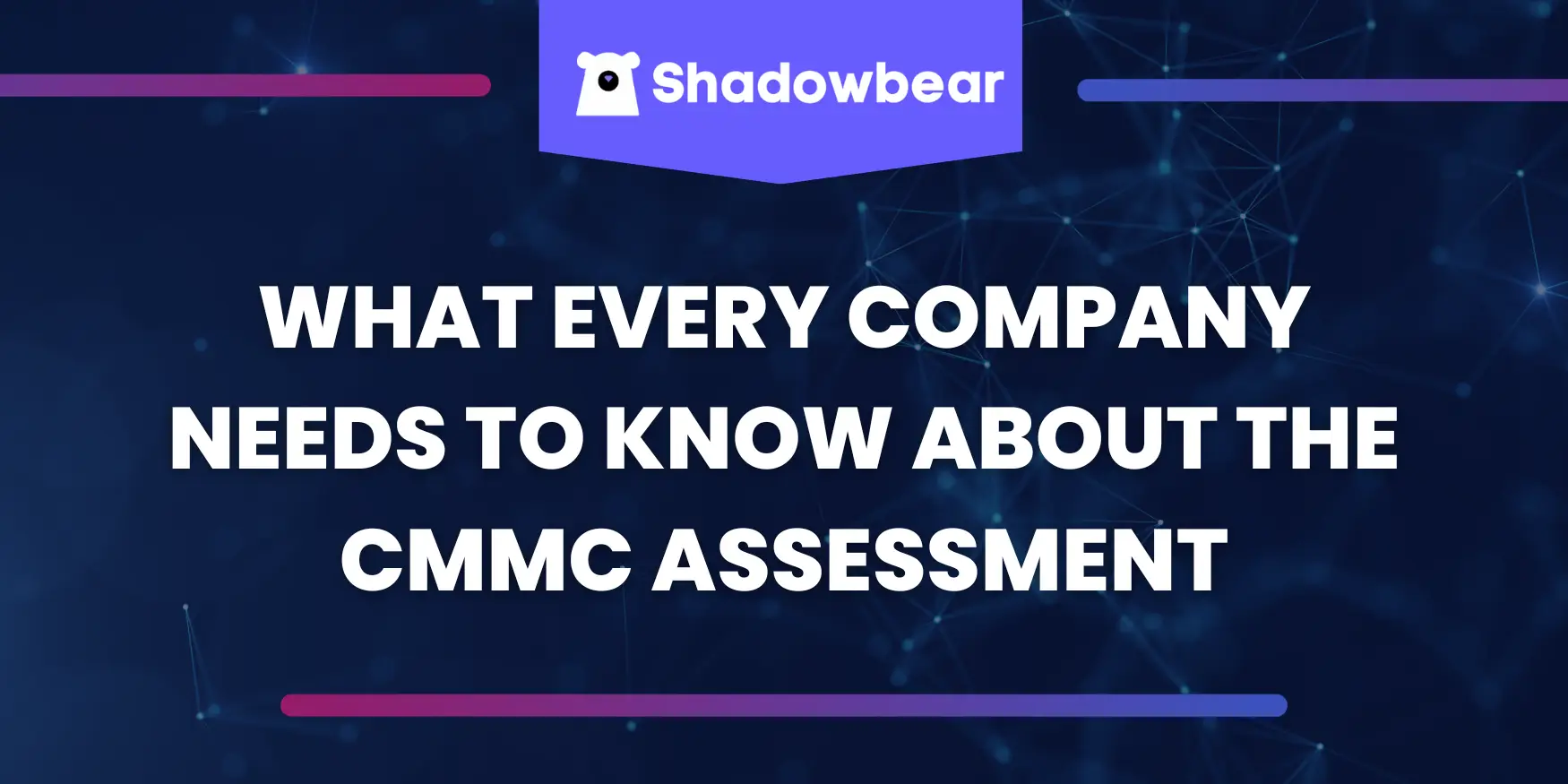
What Every Company Needs to Know About CMMC Assessment
Introduction
In the rapidly evolving world of cybersecurity, understanding the Cybersecurity Maturity Model Certification (CMMC) is crucial for any company looking to secure contracts with the Department of Defense (DoD). CMMC 2.0 represents a significant update from its predecessor, aiming to protect sensitive defense information while streamlining the compliance process for contractors. This article explores the essential aspects of the CMMC 2.0 assessment, highlighting what companies need to know to navigate this new landscape effectively.
Background of CMMC 2.0
Transitioning from CMMC 1.0 to 2.0 signifies a major shift in cybersecurity standards for defense contractors. The updated model simplifies the certification process, reducing the levels of compliance from five to three, and focuses on prioritizing the protection of Federal Contract Information (FCI) and Controlled Unclassified Information (CUI). Understanding these changes is vital for companies aiming to comply with DoD requirements and protect sensitive information.
Understanding the Assessment Process
The CMMC assessment process is a critical component for companies aiming to work with the DoD. It involves a comprehensive evaluation of a company’s cybersecurity practices against specific requirements at different levels:
- Level 1 (Foundational): This level focuses on basic cyber hygiene practices and involves 17 controls primarily aimed at safeguarding FCI.
- Level 2 (Advanced): Aimed at protecting CUI, this level aligns with the NIST SP 800-171 and includes an additional 20 controls, making a total of 110 practices.
- Level 3 (Expert): This level is for companies handling highly sensitive projects and involves a more rigorous assessment against a subset of NIST SP 800-172 requirements.
Preparation for CMMC Assessment
Preparation is key to successfully navigating the CMMC assessment. Companies should start by:
The assessment is conducted through a combination of self-assessment and third-party audits, depending on the level. For Level 1, companies can self-assess their compliance, while Levels 2 and 3 require an audit by a CMMC Third-Party Assessment Organization (C3PAO).
- Conducting a Gap Analysis: Identify where your current cybersecurity practices stand in relation to CMMC requirements.
- Implementing Required Controls: Develop and implement strategies to address any gaps in compliance.
- Documentation and Evidence Gathering: Maintain thorough documentation of cybersecurity policies and procedures.
- Internal Audits: Regular internal audits help in identifying potential weaknesses and ensuring continuous compliance.
- Employee Training: Ensuring that all employees are trained and aware of the relevant cybersecurity practices and protocols.
- Engaging with C3PAOs Early: Establishing a relationship with a C3PAO can provide insights into the assessment process and help identify areas for improvement.
For companies preparing for Level 2 and 3 assessments, it’s crucial to have robust cybersecurity frameworks in place, as these levels involve a more in-depth review by third-party assessors.
Common Challenges and How to Overcome Them
The path to CMMC compliance can be fraught with challenges, especially for smaller companies or those new to DoD contracting. Common obstacles include understanding the complexity of the requirements, allocating sufficient resources for implementation, and ensuring continuous compliance. To overcome these challenges, companies should:
- Seek Expert Guidance: Consulting with cybersecurity experts or C3PAOs can provide clarity on complex requirements.
- Resource Allocation: Budgeting for cybersecurity improvements is crucial. This may include investing in new technologies, hiring skilled personnel, or outsourcing certain cybersecurity functions.
- Continuous Monitoring and Improvement: Cybersecurity is not a one-time effort. Regularly reviewing and updating security measures is essential for maintaining compliance.
- Collaboration and Sharing Best Practices: Engaging with industry peers can provide valuable insights and strategies for effective compliance.
The Role of Third-Party Assessors
Third-Party Assessors play a pivotal role in the CMMC ecosystem. For Levels 2 and 3, these assessors, authorized by the CMMC Accreditation Body, conduct formal evaluations of a company’s cybersecurity maturity. When choosing a C3PAO, consider their credibility, experience, and understanding of your specific industry. A thorough and objective assessment not only validates compliance but also provides insights into potential areas of improvement in your cybersecurity practices.
Benefits of Compliance Beyond DoD Contracts
Achieving CMMC compliance is not just a regulatory requirement; it offers several ancillary benefits. Compliance enhances overall cybersecurity posture, protecting against data breaches and cyber threats. It can also improve organizational efficiency by streamlining processes and fostering a culture of security awareness. Additionally, it positions a company as a reliable and secure partner, opening doors to new business opportunities beyond DoD contracts.
Keeping Up-to-Date with CMMC Developments
The cybersecurity landscape is dynamic, and staying abreast of CMMC developments is crucial. Regularly visiting the CMMC Accreditation Body’s website, participating in industry workshops, and subscribing to cybersecurity newsletters are effective ways to stay informed. Additionally, fostering a relationship with a C3PAO or a cybersecurity consultant can provide timely updates and insights into evolving requirements.
Conclusion
CMMC assessment is more than a compliance hurdle; it’s a strategic step towards enhancing cybersecurity resilience. Understanding the assessment process, preparing adequately, and staying informed about ongoing developments are key to not just achieving compliance but also leveraging it for broader business benefits. As cyber threats evolve, so does the importance of robust cybersecurity practices, making CMMC compliance a critical component of business operations in the defense sector and beyond.
Learn about CMMC and more with Shadowbear
To learn more about how Shadowbear can help you get CMMC compliant, contact us for a consultation today.